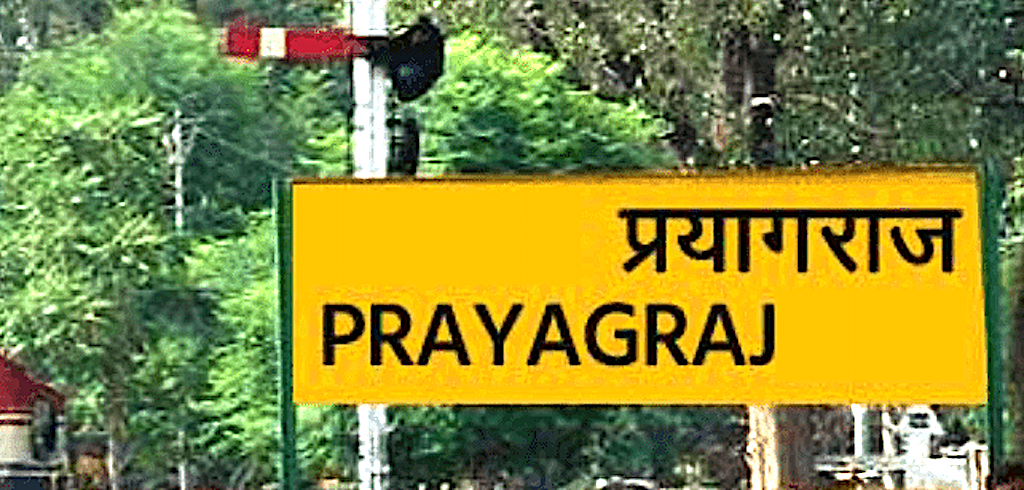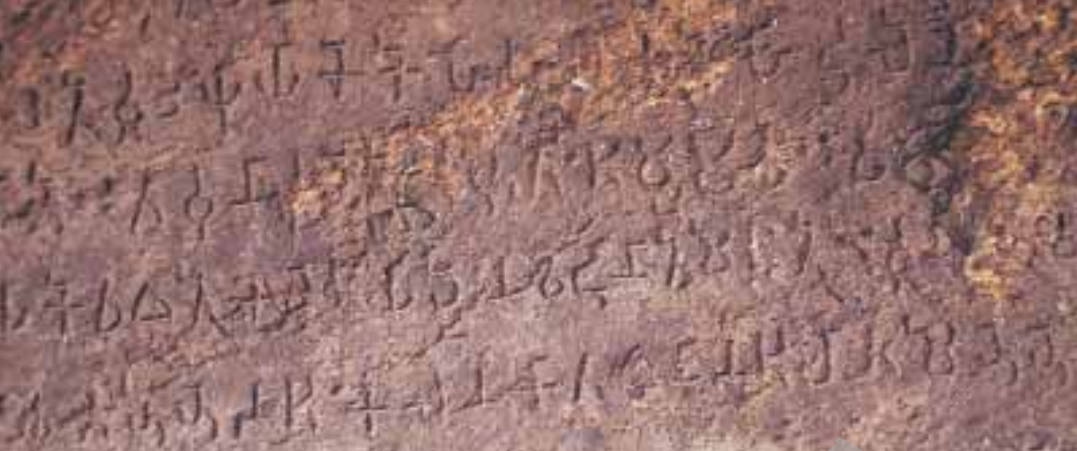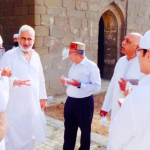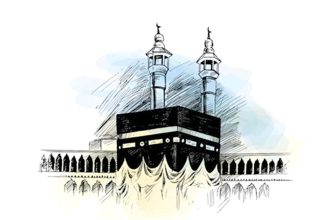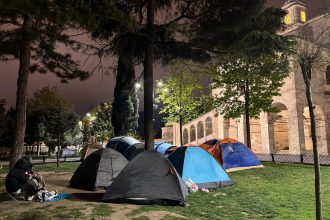By Areeba Sundus
kuchh allahabad meñ sāmāñ nahīñ bahbūd ke
yaañ dharā kyā hai ba-juz akbar ke aur amrūd ke
—Akbar Allahbadi
Allahabad is one of the biggest religious centres in India, popularly known for Triveni Sangam – the confluence of two rivers — the Ganges and the Yamuna (and the mythical Saraswati river). Cultural cradle, hub of literature and has its own historical identity.
Recently Uttar Pradesh Chief Minister Yogi Adityanath has announced that Allahabad will be renamed as “Prayagraj” ahead of the Ardh Kumbh Mela in January next year. In this hustle bustle and amidst of this politicisation, it is important for all of us to know the history of Allahabad.
If I say in words of E.H. Carr, “History is an unending dialogue between the past and present”, to understand what is going on today one must have clear idea of the past.
Origins of the word Prayag
It is often believed that the city was known as Prayaga (place of the confluences) which is still very prevalent. It is illustrated by references in the Vedas (the most ancient of Hindu sacred texts) to Prayaga that it is an ancient town. It is believed to be the location where Brahma, the Creator of the universe, attended a sacrificial ritual.
The Puranas, another important group of religious texts, record that Yayati left Prayaga and conquered the region of Sapta Sindhu. His five sons Yadu, Druhyu, Puru, Anu became the main tribes of the Rigveda. These are the most famous mythologies associated with Prayag.
During 6th century B.C. this whole region formed an important Mahajanpada. The Vatsa or Vamsa country corresponded with the territory of Prayag. It had a monarchical form of government with its capital at Kausambi, now part of Allahabad division. Udayana was the ruler of Vatsa, during the time of Buddha.
Prayag prashti
What makes this name more famous was prayag prashti also known as Allahabad pillar inscription, composed in Sanskrit by Harishena, the court poet of Samudragupta, arguably the most of the Gupta rulers (4th century A.D.)
When it was renamed
Akbarnama states, “For a long time [Akbar’s] desire was to find a great city in the town of Piyag, where the rivers Ganges and Jamna join, and which is regarded by the people of India with great reverence, and which is a place of pilgrimage for ascetics of that country, and to build a choice fort there.” He had been impressed with its strategic position, as it sat on the confluence of Ganga and Yamuna, with the fort allowing for any movement along both.
It is famous that Akbar was fascinated by its strategic location. He visited Prayag in 1575 and he ordered that a fort be constructed and renamed it Ilahabas or “Abode of God” by 1584, Illabas soon had another variation to Illahbad.
According to Prof Jafri, Prayag and Akbar’s new city, Ilahbas (Allahabad), were two separate entities. The urban limits of Allahabad have reached Prayag, and distinctions and names were blurred.
In fact, Prayag was never a city, but a Yagna Sthal, says Prof Herambh Chaturvedi, professor of history in Allahabad University.
The coins that minted during Akbar’s period had both the names but the name Illahbad gained popularity during Shah Jahan. It has also been thought to not have been named after Allah but ilaha (the gods). Shaligram Shrivastv claimed in Prayag Pradip that the name was deliberately given by Akbar to be construed as both Hindu (“ilaha”) and Muslim (“Allah”).
Akbar in 1580 divided his empire into 12 divisions or Subas per Ain-i-Akbari, among these 12 subas one important was the “Subah of Illhabas’. Jaunpur, Kara-Manikpur and territory of Bandhogarh were combined into the “Subah of Ilahabas”. When British consolidated their hold over the region it became Allahbad in English written in Roman script.
Relevance of changing the name
We cannot deny this fact that the name was changed during Mughal period. But today the question is, by only changing name does the situations will change? Like any other city Allahbad is also suffering from the issues of infrastructural defects, poor sanitation facilities, high crime rate, women safety etc. The Uttar Pradesh energy minister, Shrikant Sharma, said more names were likely to be changed. “It is the right of the government to rename any city”, he said. “If needed, we will rename more cities and roads. The mistakes done earlier will be rectified.”
Government is wasting so much money only for this cause. From where does the government get money for changing the names of stations, addresses and institutions. Instead of investing money for this purpose government can utilise it on better infrastructure, health, education facilities and employment.
When it comes to common masses they really do not bother about names and places. Whether it is Auranzgeb road or Abdul Kalam road or who won the battle of Haldighati. For them development is the only need. This is the wakening call for all of us to understand history is the past. And the one who only talks about past cannot change the future of the masses. Therefore, there is a great need to preserve the Gangi-Jamuni tehzeeb of Allahbad.
References:
A History of Ancient and Early Medieval India: From the Stone Age to the 12th Century Kindle Edition by Upinder Singh.
NCERT textbook-11th standard
(Areeba Sundus is currently a student of Modern History from Jamia Millia Islamia. She has keen interest in social aspects of history. she can be contacted at areebasundus002@gmail.com)


